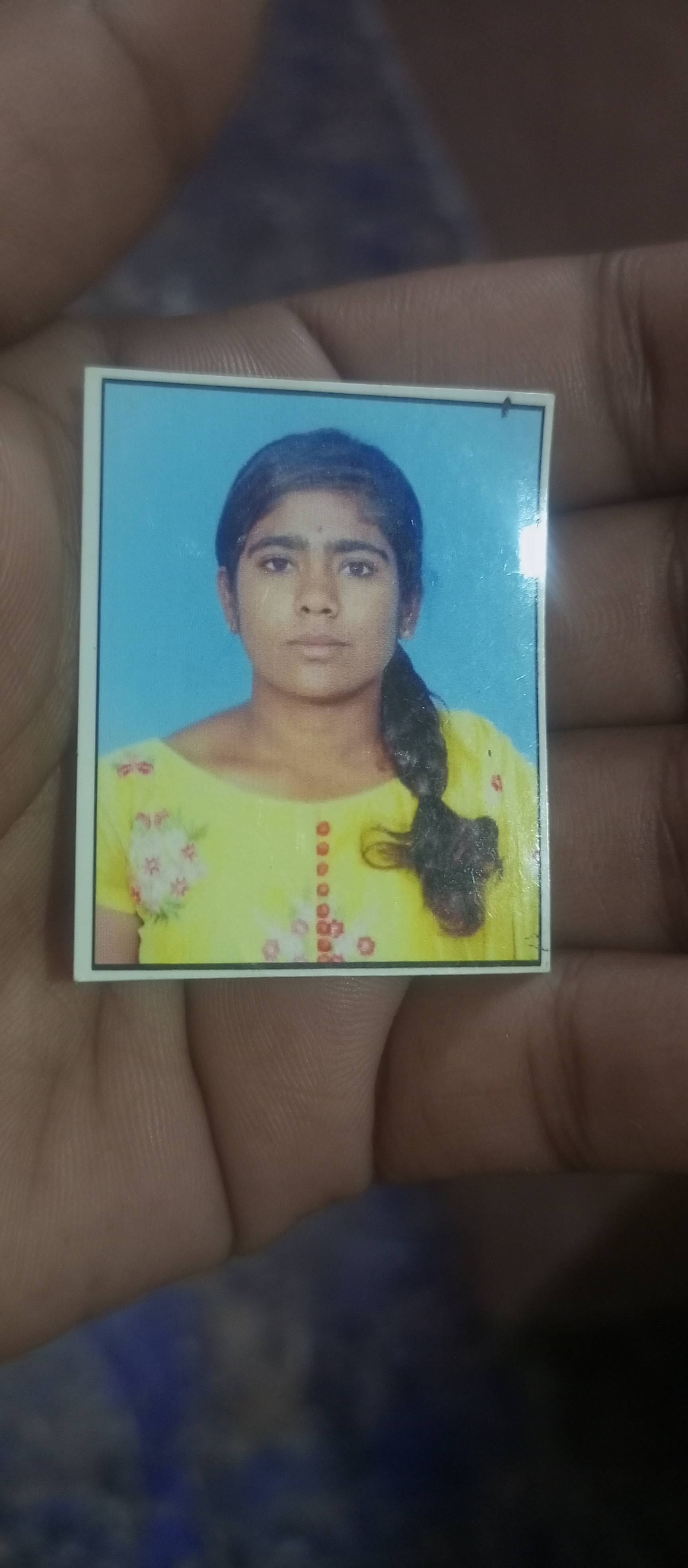What is the impact of cutting fibers on DSC analysis results
Differential Scanning Calorimetry (DSC) is a technique used to measure the thermal behavior of materials, including polymers, metals, and biomolecules like fibers. When analyzing fibers using DSC, the impact of cutting fibers on the analysis results can vary depending on several factors:
-
Fiber Orientation:
- Cutting fibers may alter their orientation within the DSC sample pan. This change in orientation can affect the heat flow within the sample during heating or cooling, leading to differences in the measured thermal properties.
- For example, if fibers are randomly oriented before cutting and become aligned along a particular axis after cutting, the thermal properties measured in the direction of alignment may differ from those measured perpendicular to it.
-
Surface Effects:
- Cutting fibers exposes fresh surfaces, which may have different thermal properties compared to the original surface.
- Surface effects, such as surface roughness, surface area, and surface chemistry, can influence heat transfer and thermal behavior during DSC analysis.
- The extent of surface effects depends on factors such as the cutting method, fiber morphology, and surface treatment.
-
Sample Preparation:
- The cutting process itself can introduce variations in the sample, such as variations in fiber length, width, or aspect ratio.
- These variations can impact the heat transfer kinetics, resulting in changes in the measured thermal properties.
- It is essential to ensure consistency in sample preparation techniques to minimize the impact of sample variations on DSC results.
-
Measurement Conditions:
- The DSC measurement conditions, including heating rate, cooling rate, and atmosphere (e.g., air, nitrogen), can influence the observed thermal behavior of fibers.
- Cutting fibers may alter the thermal response of the sample under specific measurement conditions, leading to differences in the measured thermal properties.
Overall, while cutting fibers for DSC analysis may introduce changes in sample orientation, surface effects, sample preparation, and measurement conditions, careful experimental design and control can help minimize these effects. It is essential to consider these factors when interpreting DSC results to ensure accurate characterization of the thermal behavior of fibers. Additionally, comparative studies between cut and uncut fibers may provide insights into the impact of cutting on DSC analysis results.








Tags
Qualification
Course
Department
Stream
Subject